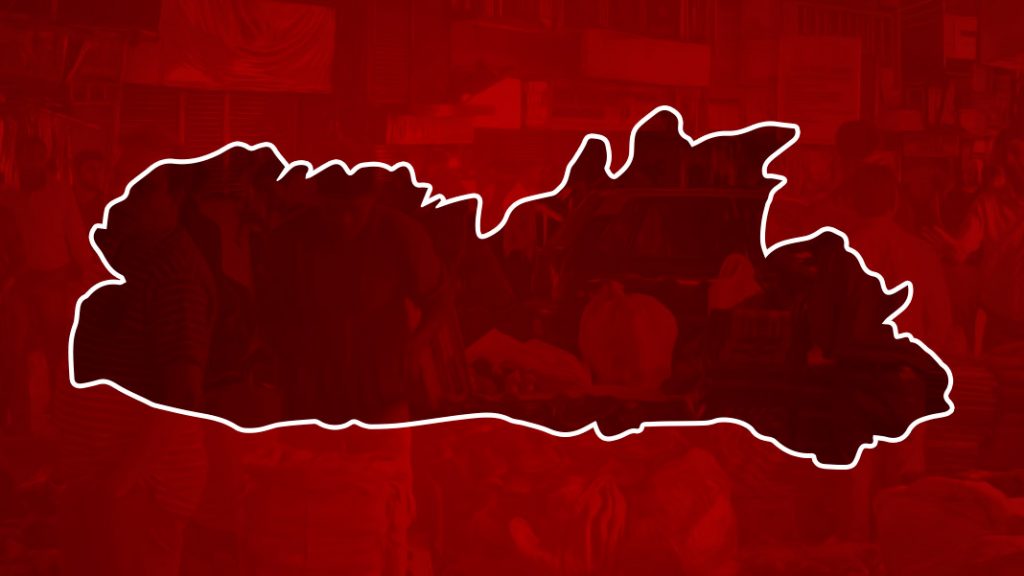Guwahati, July 12: Meghalaya is described as one of the wettest places on earth, and every year, it receives 2,000 millimeters (mm) to 12,000 mm of rain during its 7-month monsoon season. During the remaining months, very little rain falls, and there are reports of temporary water scarcity.
Communities secured access to water is reduced in part due to a lack of sufficient water harvesting and retaining infrastructure, poor land management and the absence of specific laws defining custodianship, ownership, and rights over water resources. These communities are dependent on the availability of water since almost 60% of Meghalaya’s population is reliant on agriculture and related activities for their livelihoods. Water availability is expected to be further impacted by climate change projections as mean annual temperatures increase, rainfall becomes more variable, and seasonal weather patterns shift.

As well as water scarcity issues, most farmers have only small holdings, and only 11% of the state’s geographical area is cultivated. People are heavily dependent on natural resources for livelihood opportunities. “There is little concept of permanent ownership under traditional land tenure system and landholders have no incentives to reclaim cultivable wastelands or utilize and develop fallow lands,” the Asian Development Bank says in its project note.
ADB HELP TO MEGHALAYA:The Asian Development Bank (ADB) is now helping Meghalaya build climate-resilient water harvesting systems (WHS) through a community demand-driven participatory approach. This initiative aims to ensure universal access to water, enhance sustainable and efficient water-based livelihoods in rural areas, and boost resilience to climate change impacts and water shortages during non-rainy seasons. It also establishes institutional mechanisms for community ownership and integrated management of natural resources, aligning with central and state government programs and policies. The $ 50 million loan is likely to be cleared this year.
The WHS are small structures for the retention and storage of water for use within the command area. The structures are principally weirs and check dams, generally of less than 5 meters in height and storage volumes of less than 50,000 cubic meters.
WHO WILL BENEFIT : The primary beneficiaries for the project will be communities with improved access to drinking water and increased agricultural production from secure irrigation water supplies, particularly for the rabi season crop.

The Bank in its note says the project will set up 532 climate-resilient water harvesting systems in 12 districts with 5 years of operation and maintenance support, and install automatic weather stations with information communication technology-based mobile applications for climate resilience. The water harvesting systems will mainly involve building or fixing small reservoirs, like weirs or check dams. They will also include improving the surrounding area, developing irrigation systems downstream of each reservoir, and adding features like terracing and fencing to protect crops from animals.
The project will develop a comprehensive water harvesting systems master plan to guide future decisions. This plan will include gender equality and social inclusion, support the implementation of the Meghalaya State Water Policy, and prepare village water security plans. It will also offer technical assistance for design and feasibility reports for future phases. Additionally, water user associations and watershed committees will be established with active participation from women in decision-making.
The master plan will be created in collaboration with relevant government and community stakeholders to ensure priority investments are targeted and avoid overlaps and gaps. It will also incorporate climate change adaptation strategies, including climate monitoring and periodic reviews.
Read: KHADC to constitute special committee on non-inclusion of BNSS in Sixth Schedule
WATCH:
Find latest news from every corner of Northeast India at hubnetwork.in, your online source for breaking news, video coverage.
Also, Follow us on-
Twitter-twitter.com/nemediahub
Youtube channel- www.youtube.com/@NortheastMediaHub2020
Instagram- www.instagram.com/ne_media_hub





